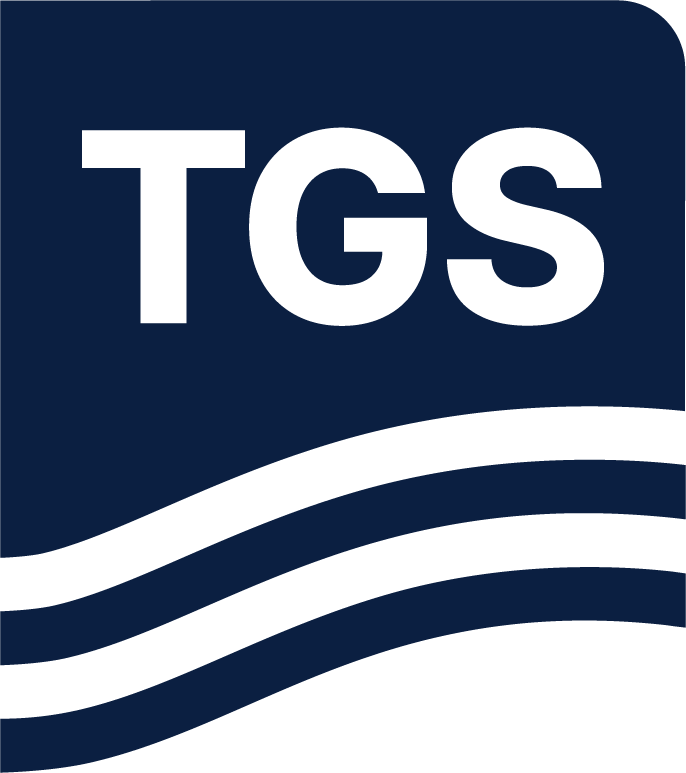Paper Summary
Discovered in late 1998, the Agbami field is located in a water depth of approximately 1500 m (~4800 feet). To date, five seismic acquisitions have been conducted in order to image the structure, characterize the reservoir and monitor fluid activities in this field. Two of the surveys are towed streamer, narrow-azimuth (NAZ) data, and three are ocean-bottom-node (OBN) data.
The existing velocity model provides satisfactory seismic resolution at the center of the field; however, there is a need to further improve the image quality in the northwest area. Imaging this region is challenging mainly due to the presence of shallow anomalies and the lack of well control.
The key to improving the current seismic image lies in the accurate modeling of shallow velocity
anomalies (Jones, 2012). These anomalous bodies are close to the surface, ranging from 10 to 500 meters underneath the water bottom. They are characterized by low velocity and exhibit an irregular distribution, giving rise to high lateral velocity contrasts. These bodies are generally related to unconsolidated sediments and might be related to erosional channels (Fan et al., 2015). Kirchhoff prestack depth migrated gathers were produced using the legacy velocity model and indicated that these bodies have lower velocity compared to the surrounding materials. Theoretical considerations (Snell’s law) suggest that such low velocity objects are under-sampled and therefore poorly resolved by ray based inversion schemes. In this paper, we present a two-step top-down model building flow that utilizes both refraction full-waveform inversion (FWI) and ray-based reflection tomography aiming at resolving the shallow anomalies and providing uplifts to the subsurface migrated images.

